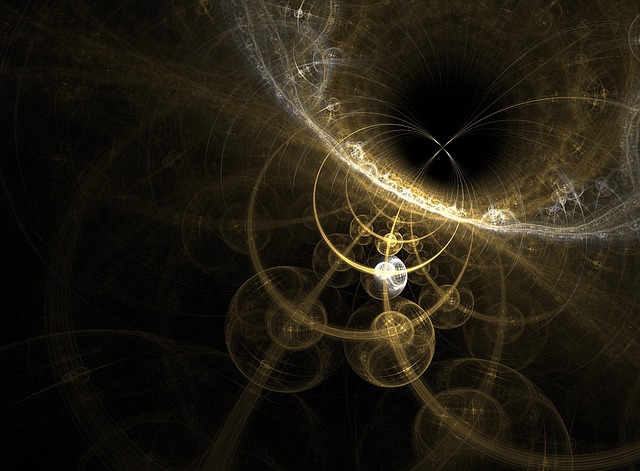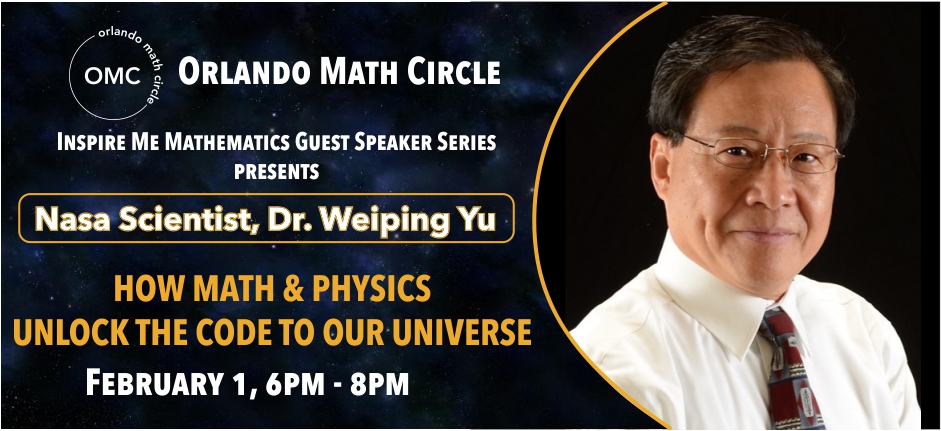There’s a magic in the way our universe is put together, and it’s a magic that is found in the most unlikely of places.
Did that thick physics book or the unwieldy math equations you struggle through in school look like the stuff of secret spells? No? Yet it is those, and not the more inviting lighter reading that might fill your shelves, which hold the grandest, most powerful and most awe-inspiring secrets.
It’s the physics presentation that is dry, and it’s those never-ending drill problems that make math look like a bore. But when you get down to the essence of it all, to the dance of numbers and the way all the mechanisms of life boils down to a simple set of beautiful, if esoteric equations– there’s no way of describing it that could be too magical, too dreamy, too grand.
Physics has long taken lessons from mathematicians, and the foundation of physics is all your basic school-math. But there’s a new development that is both startling and more than a little mind-boggling: pure math is beginning to learn lessons from physics too.
Weiping Yu, a NASA scientist who will be coming to speak at the Orlando Math Circle in just a few weeks (Feb 1– save the date!) put it this way: ‘Mathematics is an essential tool for physics. Physics is the foundation of Mathematics. They are an inseparable whole. Without math, one can’t do physics; without physics, math is meaningless.’
For those of us who are used to looking at math as a basic, bare bones foundation which needs no other support, this may look more than a little strange. But there’s something very important about what Dr. Yu is saying here.
He tells us that his interest in the connections between math and physics was sparked from two separate and very real needs; remembering math equations and solving physical problems with math. In his own words:
“While in college, I found that the best way to remember an equation was to understand its physical meaning. The physical meaning of a math equation was always derived from physical concepts or physics.
While at work, in order to solve physical problems, it is often required to describe/formulate physical problems with mathematical terms so as to use computers to do computation.”

Far away in the University of Oxford, another mathematician, Dr. Minhyong Kim, has discovered that unsolved problems in mathematics– problems that are hard to make sense of in a world ruled only by numbers– can suddenly come to order when you bring in a few concepts from physics. If you can’t come up with a method to find the rational solutions of particular equations in pure number theory, does it make sense to start imagining up light beams? It would seem no, but the answer is actually yes. ‘The problem of finding the trajectory of light and that of finding rational solutions to Diophantine equations are two facets of the same problem,’ he explained in a recent conference.
It’s an exciting time to be learning math and physics, and a fresh new understanding of the way our universe is put together is coming to light even as we speak. Come join us Feb 1 for Dr. Yu’s groundbreaking talk—let’s be part of this knowledge revolution together!

